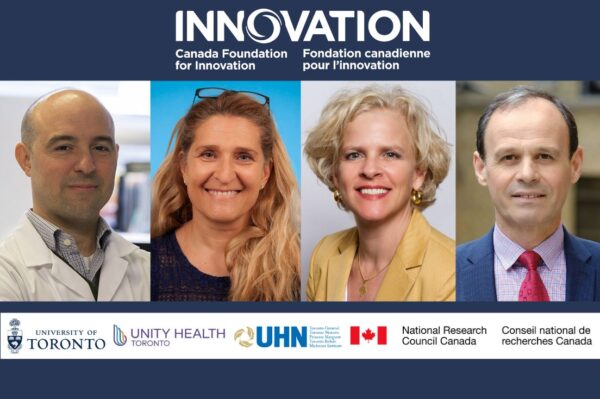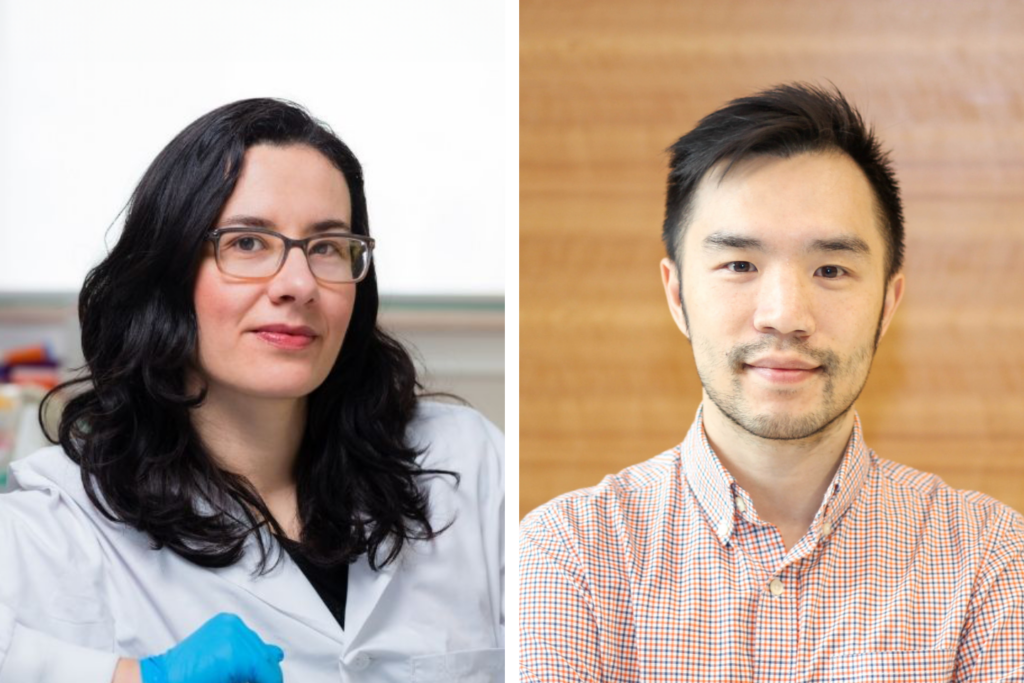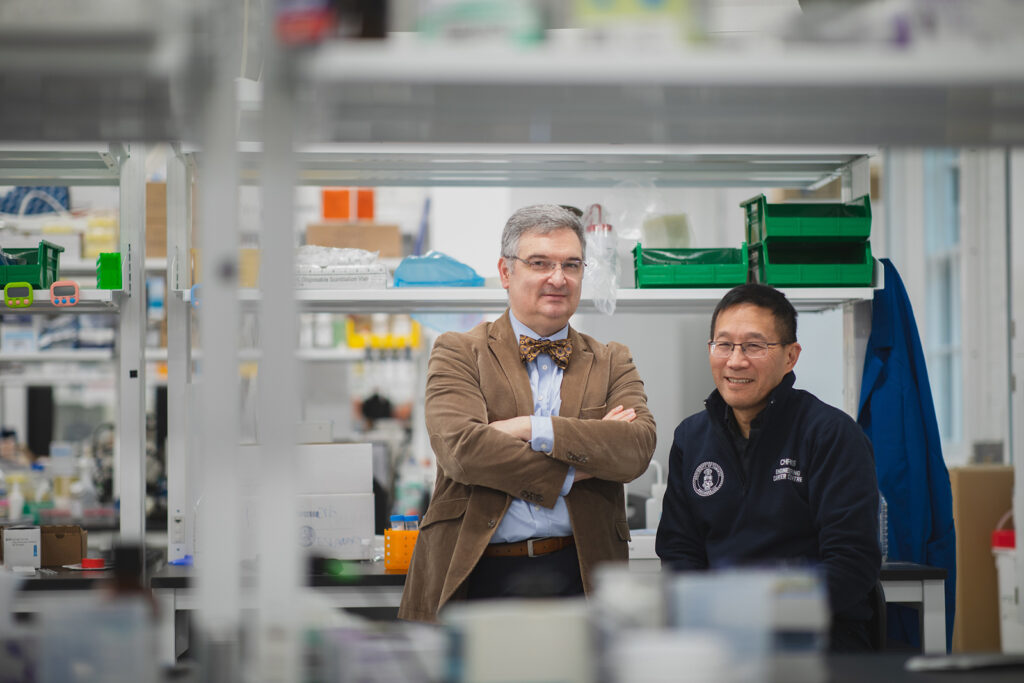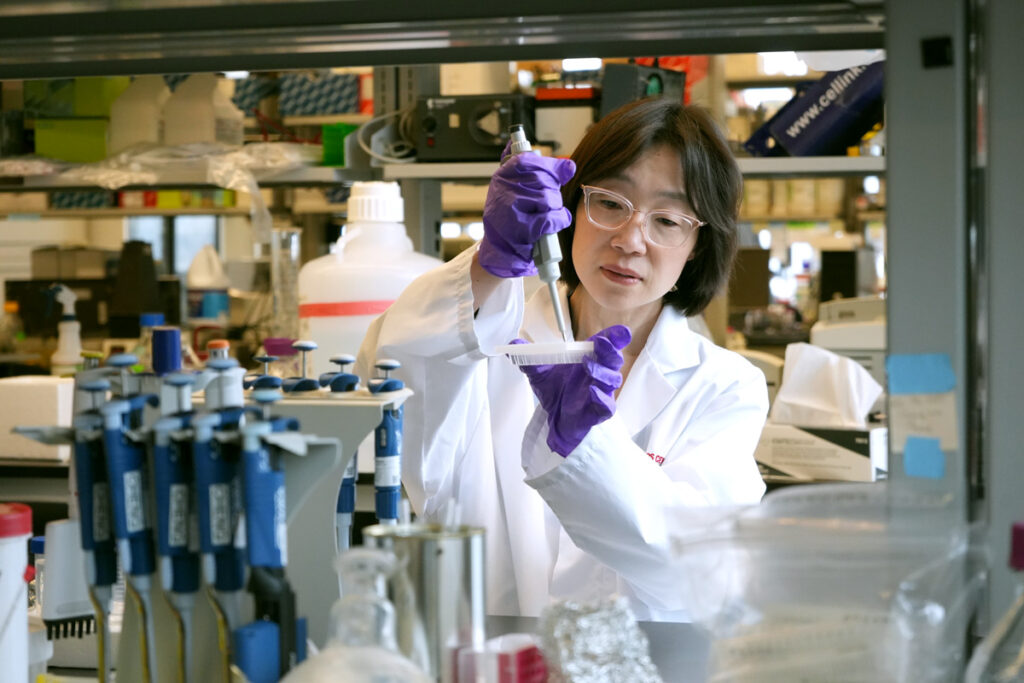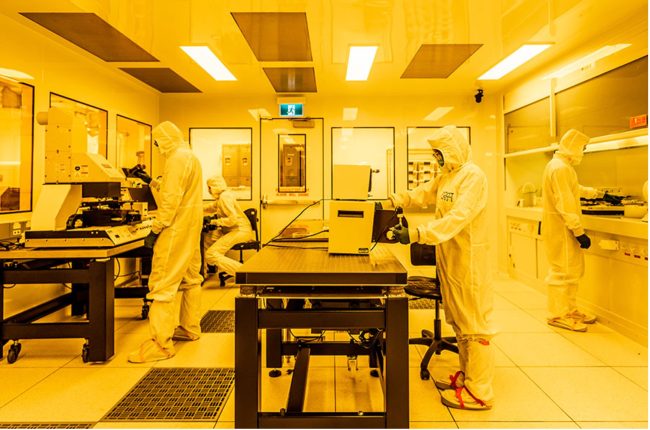Latest News
CRAFT-led team awarded $17.5M to create new generation of ‘distributed’ diagnostics
A team of researchers from the University of Toronto (U of T), Unity Health Toronto (Unity), University Health Network (UHN) and the National Research Council of Canada (NRC) have been awarded a $17.5M grant from the Canada Foundation for Innovation and partners to build the Diagnostic Horizons Lab (DHL) in Toronto.
Wellspring Data Limited and University of Toronto’s Institute of Biomedical Engineering Partner to Advance Cardiovascular Health Monitoring
Wellspring Data Limited announces a strategic partnership with BME. This collaboration aims to revolutionize cardiovascular health monitoring through cutting-edge research and innovative technology solutions.
Dr. Omar Khan comments on rising measles cases | CityNews
Dr. Omar F. Khan comments on the rising measles cases surge worldwide. Ensure your vaccinations are up to date, especially in BC where access to records varies.
Two BME faculty members were awarded the Accelerate Seed Grant and Accelerate Moonshot grant
Milica Radisic and Leo Chou are two BME faculty members who were awarded the Accelerate Seed Grant and Accelerate Moonshot grant, as a part of a $1.2 million total funding from the Acceleration Consortium
UHN and UofT Collaborate to Fast-track Tech Research into Applications
Groundbreaking collaboration between UHN and UofT aims to accelerate the transition of cutting-edge technology research into practical applications.
‘Images every second’: Researchers develop rapid MRI technique for better cancer detection and therapy
Professor Hai-Ling Cheng and her team have developed a rapid magnetic resonance imaging (MRI) technique to help doctors better detect and diagnose tumours. The 3D images generated from this new approach could provide physicians with guidance during surgery and other therapeutic interventions.
CRAFT 2.0: Academic hospital network joins centre for research on microfluidic devices for human health
The Centre for Research and Applications in Fluidic Technologies (CRAFT) has been extended to 2028 and has expanded to formally include Unity Health Toronto, an academic hospital network and leading Canadian health research institute.
BME student awarded the University of Toronto Student Leadership Award
Joseph Sebastian, a BME PhD student at Professor Craig Simmons’ lab, has recently been awarded the University of Toronto Student Leadership Award (UTSLA). Recipients of the UTSLA join the esteemed community of past Cressy Award recipients in being recognized for their impactful leadership and volunteerism at the University of Toronto.
